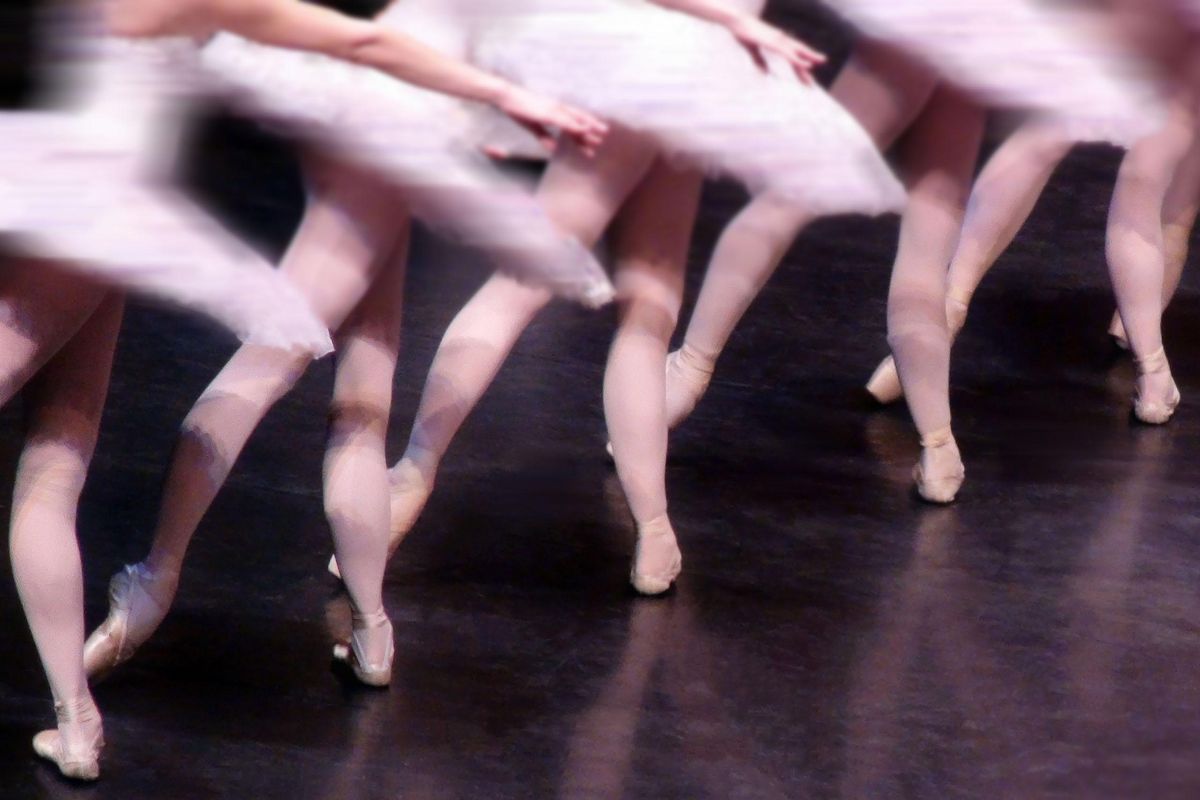
Have your dancers reached a plateau? It might be your classes that need a refresh. Here are five great ways to jump-start your teaching.
Reassure students that it’s OK to not be perfect in the learning process.
Ballet students often set very high standards for themselves—which can sometimes be counterproductive. “As the technique becomes more advanced, sometimes you just have to go for it even if you make mistakes,” says Edward Ellison, artistic director of Ellison Ballet Professional Training Program. “Dancers can get so tense because they’re afraid of not doing it perfectly.” He encourages his dancers to let go of that fear. “I’ll applaud you if you fall, because I know you’re going for it.”
Integrate humor into class.
Again, students’ high standards and laser-focused goals can lead to counterproductive tension. Help lighten the atmosphere of class with laughter. Claudio Muñoz, Ballet Master of Houston Ballet II, says: “When my students relax, they begin to listen and get out of their own way. In this demanding profession, where the brain works so hard, humor helps you to let go of that, to see a problem from outside yourself.”
Spend extra time refining the upper body.
The use of the arms, hands, head, neck, shoulders and upper back is an integral part of technique and expressiveness, though students sometimes overlook this. “Putting the legs before the upper body is like a fly on top of a beautiful cake,” Muñoz says. Try these exercises to improve your students’ upper-body strength.
Reframe common corrections.
Imagery can lose its meaning over time or just not resonate with different students for different reasons. Find new ways to express frequently used corrections. For example, Arantxa Ochoa, director of faculty and curriculum at Miami City Ballet School, suggests that instead of saying “don’t drop your elbows,” illustrate the correction like this: “If you put a drop of water on the shoulder, it has to go down to the fingers. And if your elbow is dropped, the water gets caught.
Encourage the development of stage presence in the classroom.
Sometimes young dancers are self-conscious about expressing feelings in the studio. Sometimes they concentrate mainly on the mechanics of movement and not the emotion behind it. Darla Hoover, artistic director of Ballet Academy East, likes to use music to help draw students out of their shells. She says: “I’ll ask them, ‘How does this music make you feel? What happened in your life that fits that feeling?’



